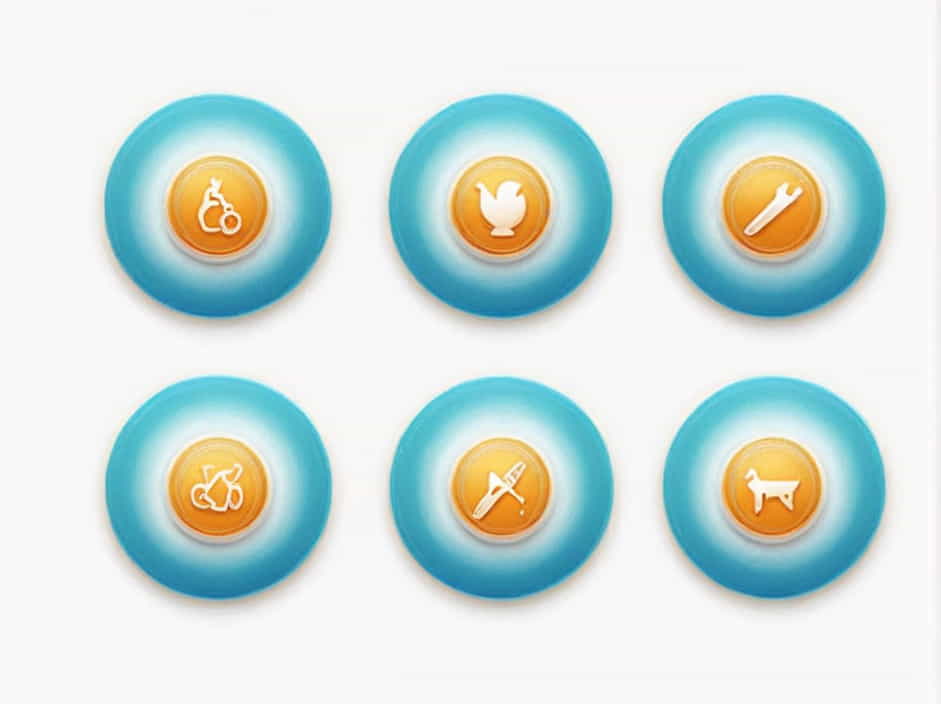The uppermost part of the human body is the head, which houses the brain, sensory organs, and skull. It plays a crucial role in various bodily functions, including thinking, seeing, hearing, smelling, and eating. The head is not only important for survival but also serves as a defining feature of identity and expression.
In this topic, we will explore the anatomy, function, and importance of the human head, along with common health issues and ways to keep it healthy.
The Anatomy of the Head
1. The Skull: The Protective Shell
The skull is the bony structure that forms the framework of the head. It consists of:
- The cranium – Protects the brain and supports facial structures.
- The facial bones – Form the shape of the face and support the eyes, nose, and mouth.
The skull is designed to protect the brain from injury while also providing attachment points for muscles and tissues.
2. The Brain: The Control Center
The brain is the most complex organ in the body, responsible for:
- Thinking and decision-making
- Memory and learning
- Emotions and communication
- Body coordination and movement
The brain is divided into different regions, each with specialized functions, including:
- Cerebrum – Controls voluntary actions, intelligence, and sensory processing.
- Cerebellum – Regulates balance and coordination.
- Brainstem – Controls involuntary functions like breathing and heartbeat.
3. The Sensory Organs: Perception of the World
The head contains five major sensory organs that allow us to interact with the world:
- Eyes (Vision): Detect light and color, helping us see.
- Ears (Hearing and Balance): Process sound and help maintain equilibrium.
- Nose (Smell): Detects odors and enhances taste.
- Tongue (Taste): Recognizes different flavors.
- Skin (Touch): Detects pressure, temperature, and pain.
These organs send signals to the brain, allowing us to perceive and respond to our surroundings.
4. The Mouth: The Entry to Digestion
The mouth plays a vital role in eating, speaking, and breathing. It consists of:
- Teeth – Chew and break down food.
- Tongue – Helps in speech, taste, and food movement.
- Salivary glands – Produce saliva for digestion and oral health.
The mouth and throat also serve as pathways for air, enabling breathing and speech production.
Functions of the Head
1. Protecting the Brain
The skull acts as a hard shell that shields the brain from injury. The cerebrospinal fluid surrounding the brain provides additional protection by absorbing shocks.
2. Sensory Perception
The head is home to sensory organs that help us see, hear, smell, taste, and touch. These functions are essential for communication, safety, and survival.
3. Facial Expressions and Communication
The muscles of the face allow us to express emotions such as happiness, sadness, and surprise. The head also plays a key role in verbal communication through speech.
4. Eating and Digestion
The mouth is where digestion begins. The teeth break down food, saliva aids in digestion, and the tongue helps move food toward the throat for swallowing.
5. Breathing and Air Passage
The nose and mouth serve as entry points for air. The nasal cavity filters, warms, and humidifies the air before it reaches the lungs.
Common Health Issues Affecting the Head
1. Headaches and Migraines
Headaches are common and can be caused by:
- Tension and stress
- Dehydration
- Lack of sleep
- Underlying medical conditions
Migraines, a more severe type of headache, can cause intense pain, nausea, and sensitivity to light and sound.
2. Brain Injuries
Traumatic brain injuries (TBI) can result from falls, accidents, or sports injuries. Symptoms may include:
- Confusion and dizziness
- Memory loss
- Loss of coordination
Severe brain injuries can have long-term effects on cognitive function.
3. Sinus Problems
Sinus infections (sinusitis) can cause:
- Congestion and facial pressure
- Headaches
- Difficulty breathing
Sinus issues are often triggered by allergies, infections, or environmental factors.
4. Ear and Eye Disorders
- Hearing loss can occur due to aging, loud noises, or infections.
- Vision problems like nearsightedness, farsightedness, and cataracts affect many people.
Regular check-ups can help detect and manage these conditions early.
How to Keep the Head Healthy
1. Maintain a Balanced Diet
Eating a nutritious diet supports brain function and overall head health. Essential nutrients include:
- Omega-3 fatty acids (found in fish) for brain health.
- Vitamin A (found in carrots) for eye health.
- Vitamin C (found in citrus fruits) for immune support.
2. Protect the Head from Injuries
- Wear a helmet when biking, skating, or playing contact sports.
- Avoid dangerous falls by being cautious on slippery surfaces.
- Use seat belts when driving to reduce injury risks.
3. Stay Hydrated
Dehydration can lead to headaches and fatigue. Drink enough water daily to keep the brain and body functioning properly.
4. Get Enough Sleep
Sleep is crucial for brain health. Aim for 7-9 hours of quality sleep each night to improve memory, focus, and overall well-being.
5. Manage Stress Effectively
Chronic stress can lead to headaches and mental fatigue. Reduce stress by:
- Practicing meditation and deep breathing.
- Engaging in physical activity.
- Taking regular breaks from work and screens.
6. Regular Medical Check-Ups
Routine visits to the doctor, dentist, eye specialist, and ENT doctor can help detect and prevent health issues related to the head.
The head is the uppermost part of the human body, responsible for protecting the brain, housing sensory organs, and facilitating essential functions like thinking, eating, and breathing. Understanding the anatomy and functions of the head can help us take better care of it.
By following a healthy lifestyle, practicing good hygiene, and protecting the head from injuries, we can maintain optimal head health and improve our overall well-being.
